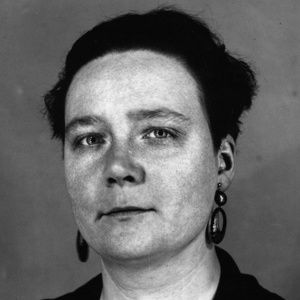 Dorothy L. Sayers (Fair Use)
Dorothy L. Sayers (Fair Use) |
The collection of stories using these characters has been expanded by other authors, including the first case alluded to in Whose Bodyand in Clouds of Witness, which is "The Attenbury Emeralds," written in 2010 but taking place in 1921. This book was approved by Sayres' estate.
A number of the Wimsey tales are short stories, which by design are much simpler than novels. Such stories are so noted below.
Of the Golden Age detectives, Lord Peter is my least favorite. But you may not agree. The books are stuffed with French, Old English, and Latin phrases, obsolete British slang and cultural references, which tax even a well-read person's ability to catch the implications. They are somewhat transitional between Sherlock Holmes success at ferreting out physical clues with logical deductions and more modern mysteries.
One of the strengths of the series is a rather dry poking of fun at British society, but as mentioned, you must understand some of the nuances of that from 100 years ago to appreciate the humor.
Recurring Characters of Note:
Lord Peter Wimsey
Mervyn Bunter, his batman
Duke Gerald Wimsey, his brother
Lake Mary Wimsey, his sister
Charles Parker, his brother-in-law
Harriet Vane, a mystery writer
#1 Whose Body?, 1923
A naked body turns up in the bathtub of a nervous little man who lives on the top floor of an apartment house.
The same day, a Jewish businessman goes missing. However, the businessman is not the person who is dead, and no one can identify the body. There is a superficial resemblance between the two men.
There are a lot of literary and time-sensitive/cultural references in this book. I usually like the flavor this adds, but there are so many that parts of the interplay were beyond me.
#2 Clouds of Witness, 1926
Lord Peter's brother, the Duke of Denver, is accused of murder. Their sister's fiance, Denis Cathcart, is found dead outside the house at 3 in the morning. The Duke had been walking about outside, the sister is outside in her pajamas, and other houseguests hear various goings-on.
Why is there so much activity at that time of night, and in the rain, no less?
Peter manages to find an alibi for the Duke, but everyone declines to use it!
#3 Unnatural Death/ The Dawson Pedigree (US title), 1927
#4 Lord Peter Views the Body, 1928, short story collection
#5 The Unpleasantness at the Bellona Club, 1928
#6 Strong Poison, 1930
#7 The Five Red Herrings, 1931
#8 Have His Carcase, 1932
This is an immensely convoluted story which hinges upon the time of death which is absolutely set at 2 p.m., but it is also proved that absolutely no one was in the vicinity of the body at 2 p.m.
Miss Harriet Vane, whom Wimsey has been trying to persuade to marry him, takes a hiking holiday along the coast. She finds the body of a man who has had his throat cut on a large rock formation on the beach. She is too far away from any telephone or village to report the find before the tide will wash away any evidence. As a mystery writer, she knows some things she should do, and she has a camera with her. She proceeds to record a number of important clues, and takes several identifying items from the body.
It is hours before she manages to report the death. Meanwhile, she meets several people on the road, and passes several cottages, none of which has a telephone.
The police are convinced it was a suicide, even after the body is located, days later, caught in some deadly rocks known as The Grinders. Things become more and more complex. Everyone who seems the least suspicious has alabis from about 11 a.m. to 1 p.m., however, an observer in a fishing boat knows there was no one except Harriet near the dead man from 1:30 till after 2 p.m. How can these discrepancies be reconciled?
The victim was a professional dancer, hired by a resort to dance with ladies who are visiting. But he claims to be an heir to the Romanov throne, and a letter to him in code lends credibility to that idea.
For anyone interested in ciphers and codes, the code of the letter is broken, and the logic of how that is done is described in explicit detail. THe code used is the Playfair code, which was in use during WWI.
I like this book better than some of the others.
#9 Hangman's Holiday, 1933, short story collection
#10 Murder Must Advertise, 1933
#11 The Nine Tailors, 1934
#12 Gaudy Night, 1935
#13 Busman's Honeymoon, 1937
#14 In the Teeth of the Evidence, 1940, short story in the collection of the same name
Lord Peter is visiting his dentist when the man is summoned to examine the teeth of a corpse for identification purposes. Of course, Wimsey envigles his way into the scene. The identification appears to be straightforward.
Absolutely Elsewhere, 1940, short story in the collection In the Teeth of the Evidence
Wimsey's brother-in-law, detective Parker has asked him to help with a crime where all the good suspects were elsewhere at the time. An unpleasant and financially tight-fisted man is found murdered at the dinner table. Phone conversations place the man's nephews miles away. There is a man waiting in the library who might like to kill him. There is the butler and the cook. The solution of this mystery depends upon an understanding of the technology of the time period.
Striding Folly, 1972, short stories collected posthumously
Lord Peter, 1972, short stories collected posthumously
Thrones, Dominations, 1998 published posthumously and completed by Jill Paton Walsh
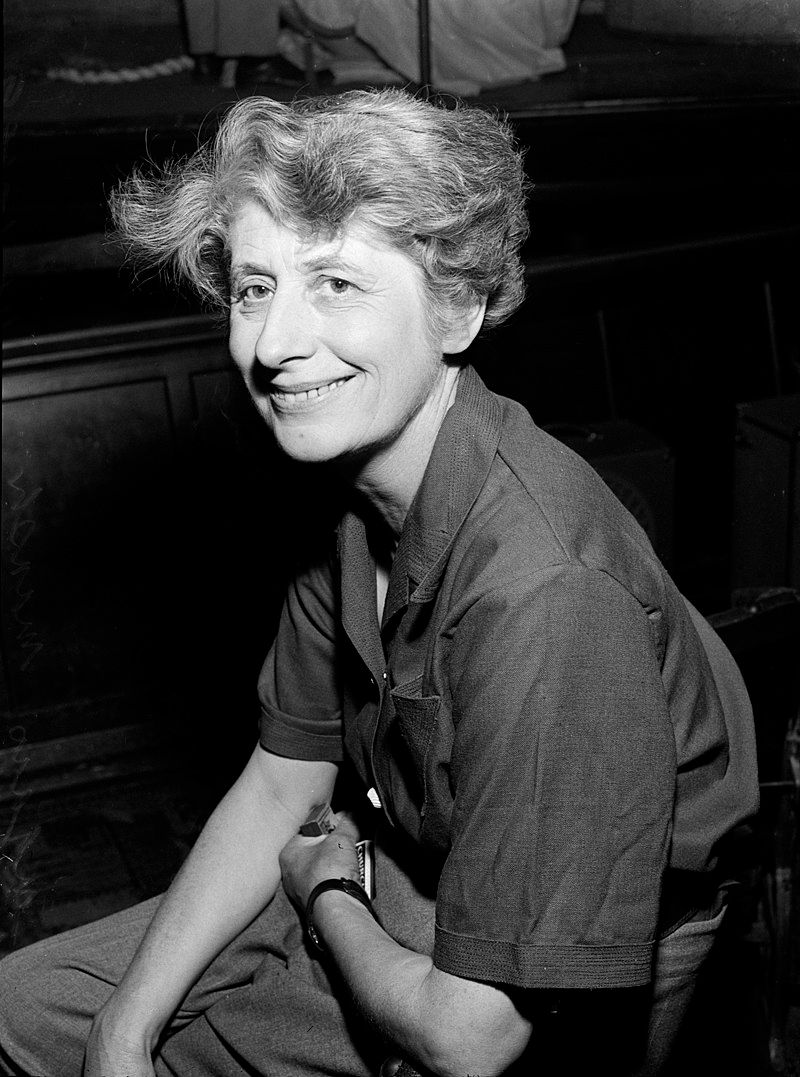 Ngaio Marsh
Ngaio Marsh 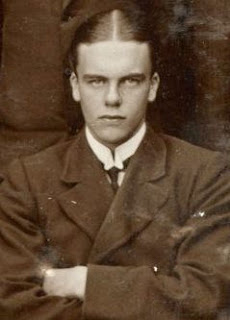 Anthony Berkeley Cox (public domain)
Anthony Berkeley Cox (public domain) 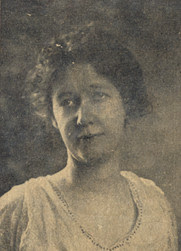 Lilian Garis
Lilian Garis 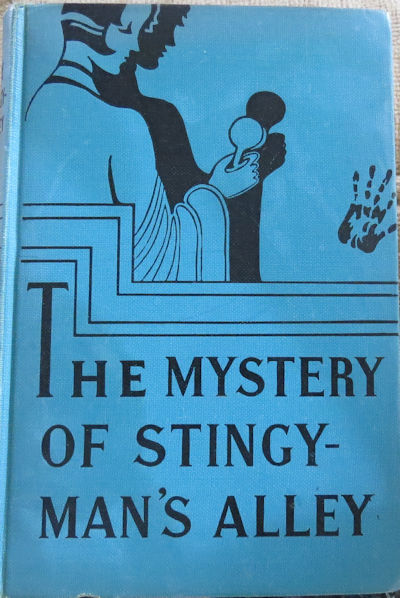 typical cover of the series
typical cover of the series  dust jacket of Beverly Gray, Senior
dust jacket of Beverly Gray, Senior 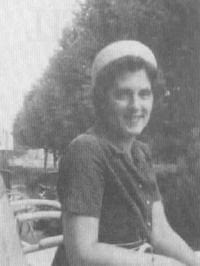 Clair Blank
Clair Blank 
 space T-1, Crown Point Bridge (photo by jhy)
space T-1, Crown Point Bridge (photo by jhy)